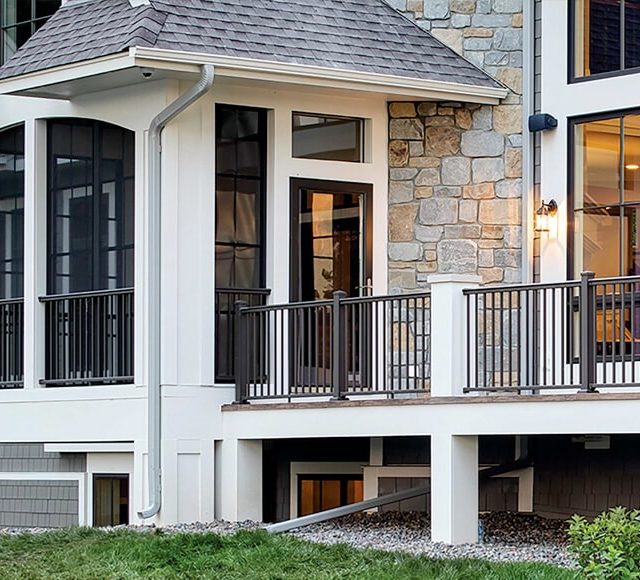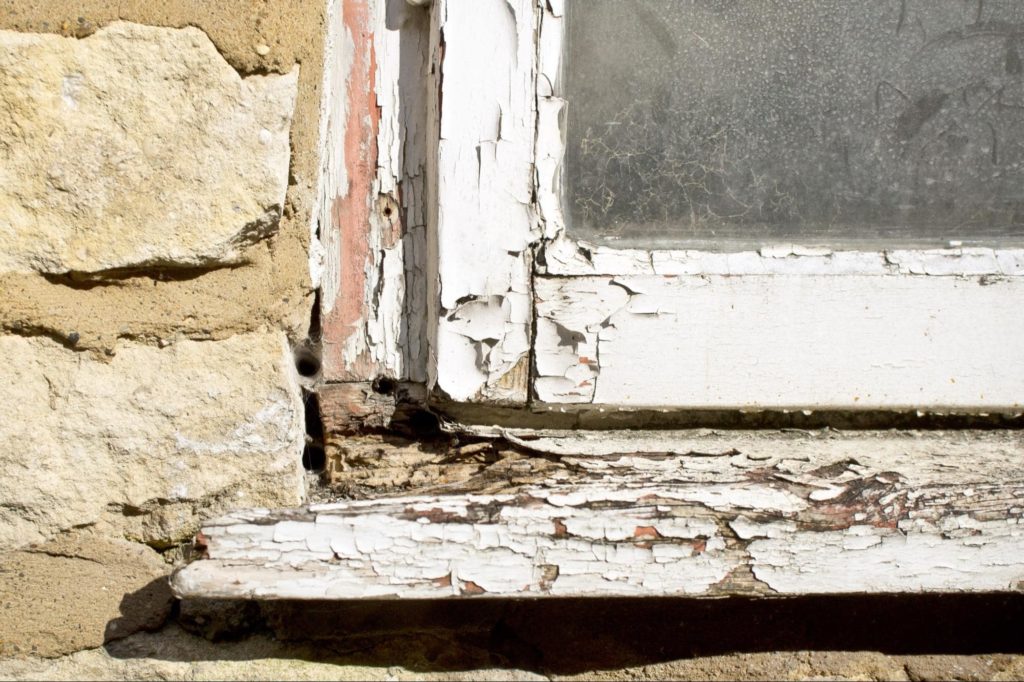Different Types of Replacement Windows

- Written by: jlbmdev

Windows are one of those elements in a home that can often go overlooked, and for good reason. Windows aren’t supposed to be overly flashy. No matter the types of replacement windows, they’re meant to provide a subtle, aesthetically pleasing look to a house, offering ample sunlight and a nice view.
But neglecting your home’s windows puts you at a disadvantage in a number of areas. This includes the obvious risks (like energy efficiency and temperature control) and the less apparent ones, like safety and security. In this blog, we’ll explore the best types of replacement windows, different window styles, and how to spot the telltale signs it’s time to replace your home’s windows.
Windows typically last around 20-25 years. Unlike some other elements of a home, replacing old windows really is a long-term investment that, if the home window replacement is done correctly, will last you decades.
If you’re wondering how to spot whether your home needs a window replacement, here are some of the telltale signs:

Home window replacement is an investment. And while it’s well worth it, how do you know whether you need a replacement or a retrofit?
A full replacement entails completely removing the existing window frame and sash. This will cost you more than retrofitting, but it will save you a lot of money in the long run if you opt for high-quality materials and proper installation.
A full window replacement makes sense if you’re experiencing any or all of the following issues:
A retrofit makes sense when there are minor areas of aesthetics or energy efficiency that can be improved upon. Signs you only need a retrofit are:
If you’re someone who isn’t all that interested in aesthetics and the style upgrade options of windows, then replacing old windows can feel like a grudge purchase. But the benefits of replacing old windows are an investment that, while sometimes overlooked by homeowners, can actually provide you with a big payoff in two important ways.
Energy efficiency is extremely important for a homeowner. The U.S. Department of Energy estimates savings between $126 to $465 a year by replacing single-pane windows in your house. But you don’t just save money, you also save your belongings, as windows with Low-e coating can help reduce sun damage to your carpets, furniture, and even photos by as much as 75%.
An estimated 30% of burglars enter through a window. First-floor windows are especially conducive to break-ins, and glass breakage has been found unlikely to catch the attention of a neighbor. If your window frames are weak and brittle, a burglar may not even need to break the glass, as they can simply force their way in. By replacing your home’s windows, you can give yourself peace of mind that you’re keeping your possessions and your family safe.
When looking at types of replacement windows that prioritize energy efficiency, the first thing you should look for is an ENERGY STAR certification. Finding windows with Low-e coating that can help to better insulate your home is a must.
ENERGY STAR is a government-backed and trusted symbol of efficiency. The ENERGY STAR label was established to reduce greenhouse gas emissions and other pollutants and make it easier for consumers to identify and purchase energy-efficient products that help them and the environment.
For a window to earn the ENERGY STAR label, it must meet the following specifications:
Put simply, double-pane windows are an improvement to your home’s insulation. Multi-pane windows are made and fitted with panes of glass that have insulating gas in between them to prevent heat transfer. This means your home’s HVAC system doesn’t have to overwork, and your heating and cooling bills won’t continually rise.
Along with double-pane windows, argon-filled windows provide optimal energy efficiency. Due to its density, argon gas is better than air at keeping the temperature of the window closer to room temperature.